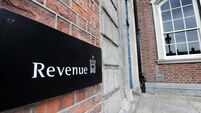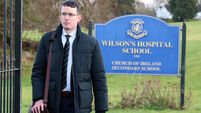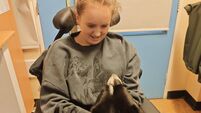Truth is found in what lies beneath
It was the same venue United States President George W Bush used the following week to give a rare news conference on the occasion of the third anniversary of the invasion of Iraq.
On the television screens it appeared the perfect backdrop for the imperial presidency, with viewers seeing Mr Bush framed by the imposing dark blue curtains behind him, emblazoned with the White House seal.














